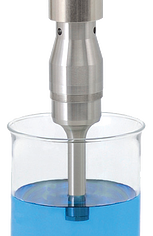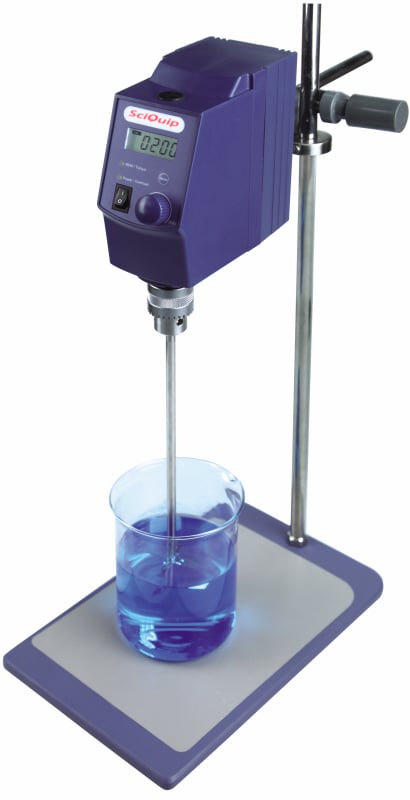Irreversible aggregation of magnetic beads is a great concern among researchers because of the variability it introduces into the process. Knowing how to deal with these aggregates when they do form, with techniqes like the sonication method, is the best way to increase in-lot consistency.

Under conditions where hydrophilic bead surfaces are exposed due to inefficient blocking or when excessive magnetic forces are used during magnetic bead separation, the beads are susceptible to irreversible aggregation. It is vitally important to try everything possible to avoid irreversible aggregation by using better blocking reagents and gentler biomagnetic separation techniques. But sometimes the formation of aggregates is unavoidable
and the resulting aggregates cannot be resolved with only homogenization techniques (roller mixers or overhead mixers).
This post is about resuspension techniques, such as the sonication method, and how they can solve magnetic bead aggregation. If you are interested in this topic, download our free ebook The basic guide for resuspending magnetic beads:
Because of what we explained before, the attractive forces causing the aggregation must be overcome in some other way in order to disperse the aggregated clump into individual beads. The use of an immersion sonication probe is a good and proven method to gently disaggregate the undesired clumps of magnetic beads.
The 5 key points to consider
There are five things to consider when using sonication to break up aggregates:
 1. The choice of sonication probe is very important and is dependent on the vessel volume and the desired intensity of sonication. The correct probe is the key to optimal performance of the method.
1. The choice of sonication probe is very important and is dependent on the vessel volume and the desired intensity of sonication. The correct probe is the key to optimal performance of the method.
2. The depth to which a probe is immersed is one of the key parameters when considering reproducibility issues.
3. Temperature stability of the suspension during sonication is critical. This is especially important for small volumes. Temperature rise should be monitored since the ultrasonic intensity necessary for disaggregation is much higher than needed for other sonication applications.
4. Consider using repeated short cycles of mixing and sonication in order to avoid both a rise in temperature and sedimentation during the process.
5. The probe must always be kept clean in order to avoid cross-contamination between processes.
Sonication is not an exact science. However, if the above five points are taken into consideration, sonication is a highly useful tool to efficiently disaggregate magnetic beads formed during the production process.
Don't forget to check these posts from our blog in order to get a deeper insight into magnetic bead resuspension:
- The Four Main Limitations of using the Sonication Method in Magnetic Bead Suspensions
- Mixing and Homogenizing Magnetic Beads without Touching the Suspension
- Mixing and Homogenizing Magnetic Bead Suspensions in Bioreactors





